Carved stele MAEF 6617
Limestone. Inscription: I(n) f(ronte) p(edes) l(atum) IX (nouem) Po- / [……] f(ilius?) Qu- / irina tribu?) Incitatu- / s an[n?] (is) XLI (quadraginta et uno) / pl(us) m[in?] u(s) / [……] Front length nine feet. [Po?] Incitato, son of […..], from the Quirine tribe, more or less of forty-one years
Engrave tombstone MAEF 10000/1
Marble. Inscription: C(aius) Anneius / memoria(m) res/tituit co(n)iugi /merenti Vet/ [ti(a)e] Claudi(a)e Cayo Annio restored the memory (= repaired the tomb) to his wife Vet[tia?] Claudia, who deserved it.
Engrave tombstone MAEF 4980
Sandstone. Inscription: D(is) M(anibus) S(acrum)/C(a)eci/lian/us v(ixit) / an(nis)/ LXXXX(nonaginta). Consecrated to the Manes gods (Di Manes). Ceciliano lived ninety years.
Engrave tombstone MAEF 21431
Marble. Inscription: et L(ucius) Oc]ulatius [Lucii Quir(ina tribu)] Rectus· f(ilius)· [cum s]uis·d(e)·s(uo)·p(osuerunt) … and Lucio Oculacio Recto, son of Lucio, from the Quirine tribe, along his kin, from their (wealth) they set up (this monument).
Granite column MAEF 5154
Granite column reused as a sarcophagus for a very young child. In the base there is an inscription related to the column, not the burial.
Vessel
Exceptional vessel, since it is made from a sandstone block. It was very common in Carthage, but rare in the West.
Jug MAEF 6347
Jug used as funerary urn. We can see names from Neo-Punic writing: Bdštrt, Bdmlqrt, ‘By.hzkn, ‘Dnbsm y Bdštrt. It could be a cenotaph.
Marble female bust MAEF 2481
Marble female bust (25 BC-70 AD) The absence of any characteristic features or expressions in the face points towards the representation of an unidentified divinity.

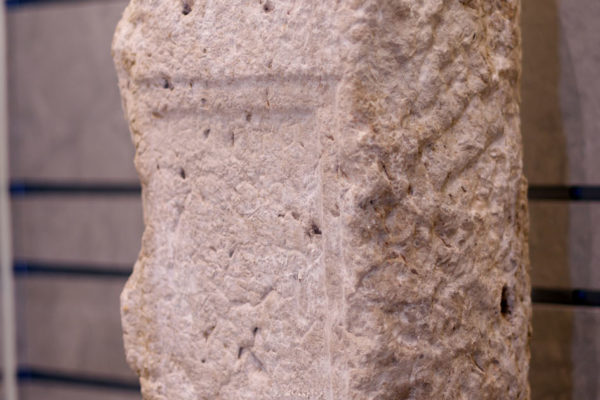
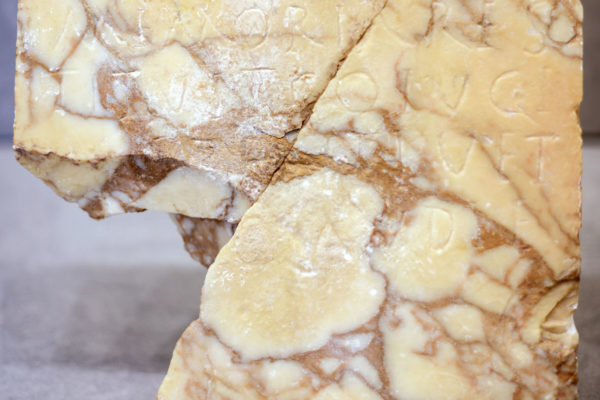
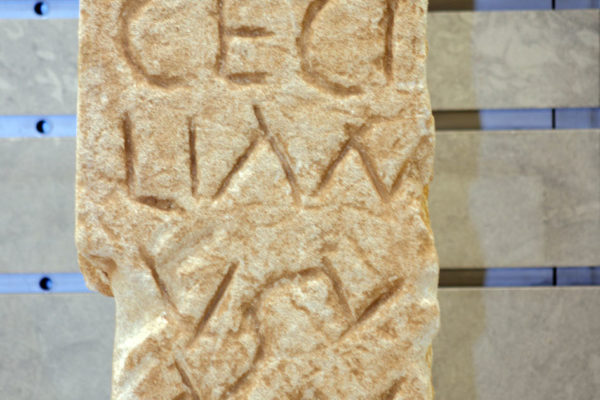
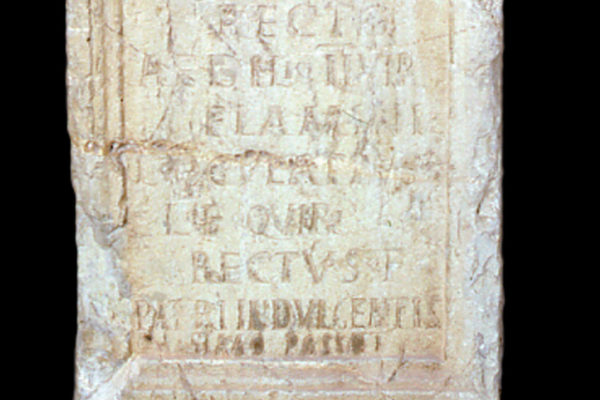
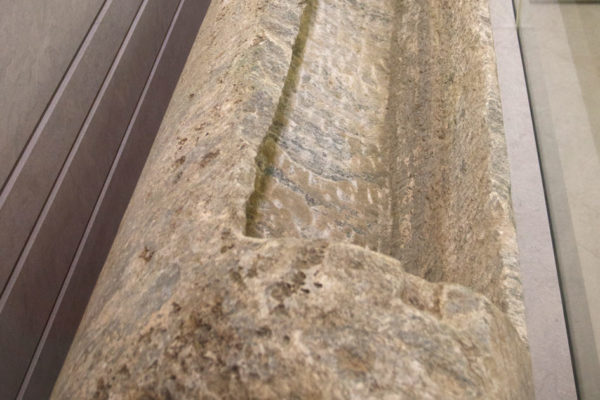
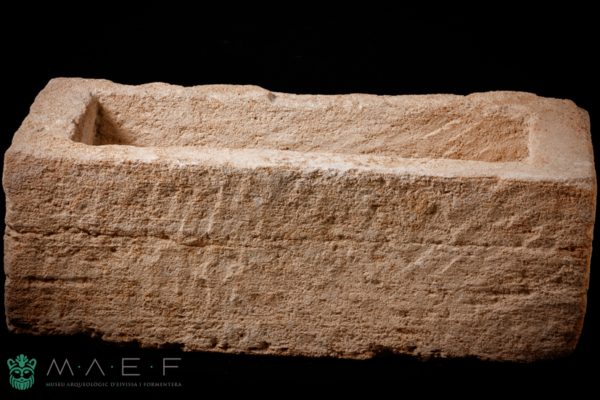
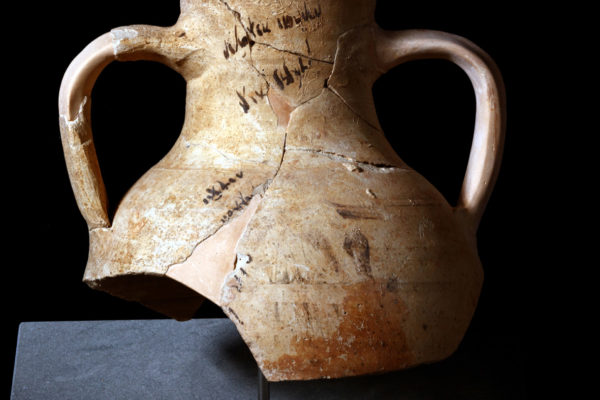
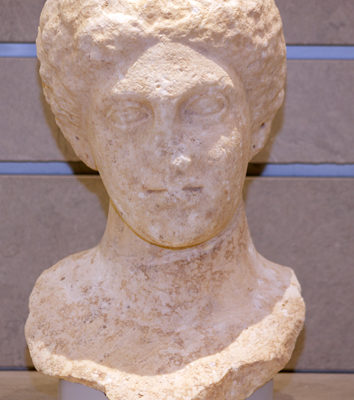
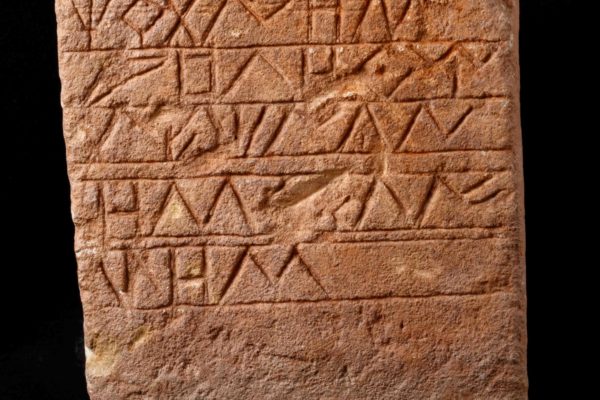
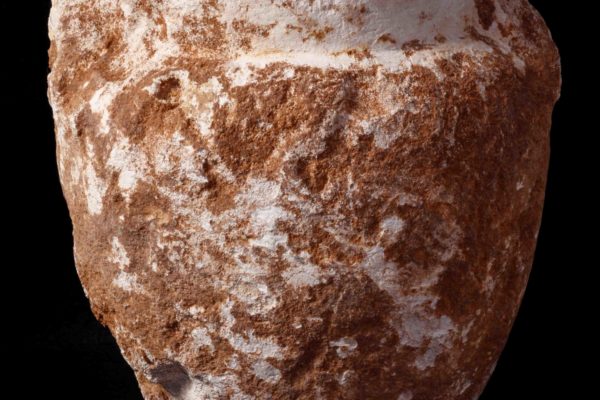
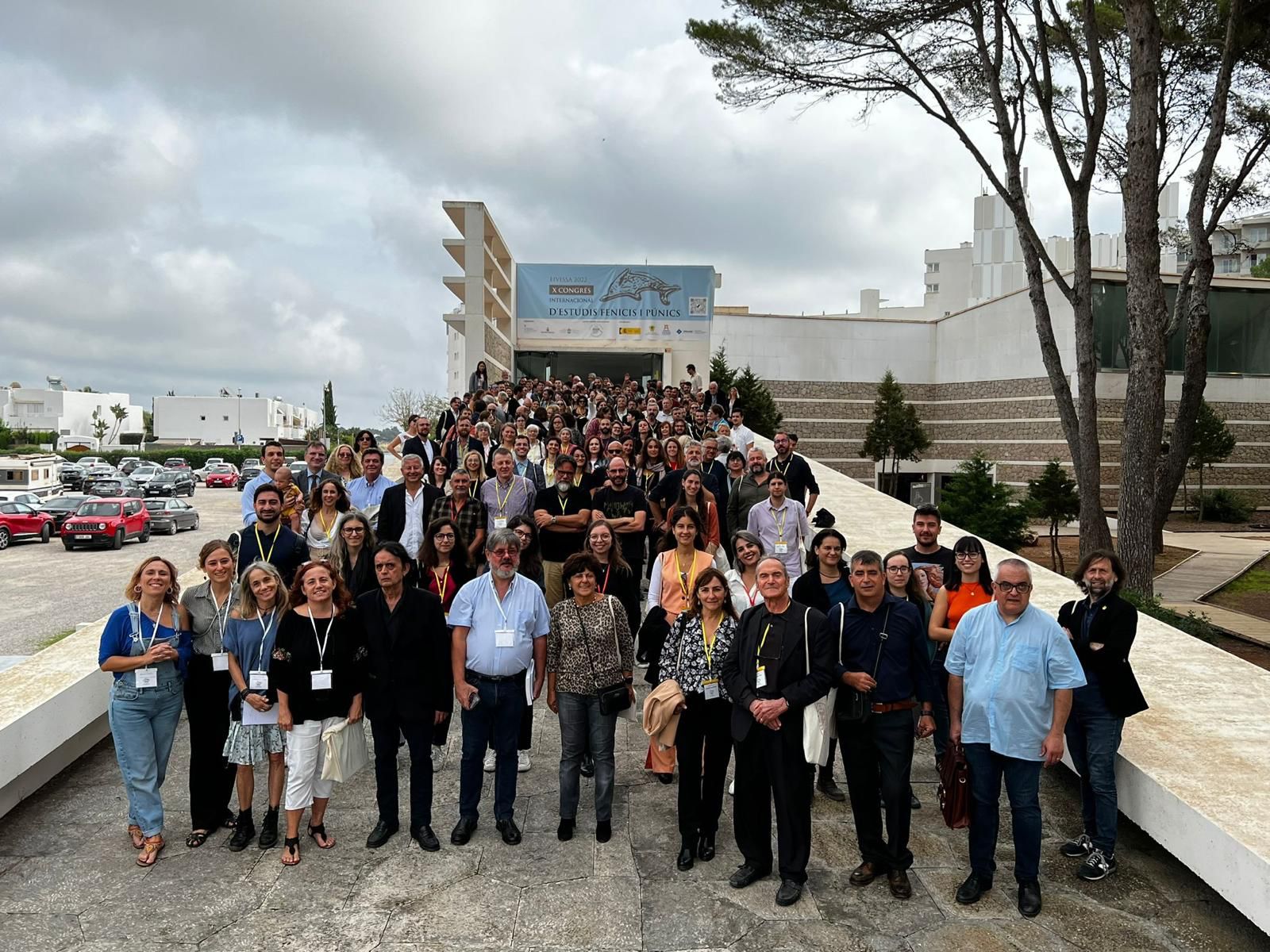

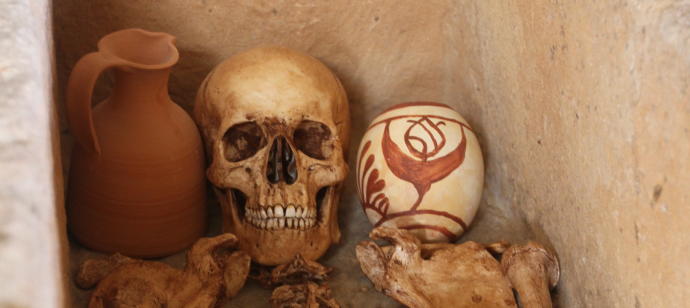
Recent Comments